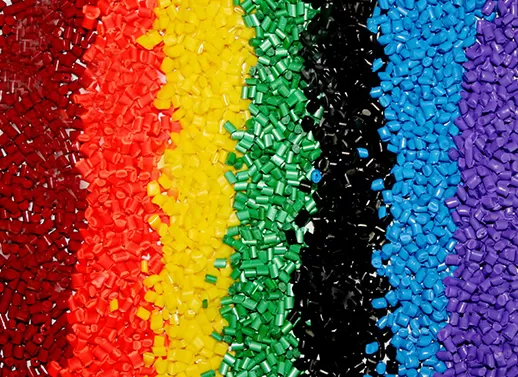Our vision is to simplify manufacturing complexities and shorten project cycles for our customers through our rich manufacturing and design experience. Our success is defined by our customers' success
Quick Links
What Is Vaccum Casting?
Polyurethane vacuum casting is a specialized technique for making high-fidelity copies of master patterns using inexpensive silicone molds and pourable casting resins. Copies made in this way demonstrate the same quality as plastic injection molded parts while taking only a fraction of the time and expense to produce.
Advantages Of Vaccum Casting
Many types of polyurethane resins are available for casting, including overmolding
Low cost for molds
Molds are durable for 15-20 or more copies
Molds can be made in a few days
Cast copies are highly accurate with excellent surface texture
Perfect for engineering models, samples, rapid prototypes, bridge to production
Materials
Vaccum Casting Materials

Soft Rubber
See All

ABS-Like
See All

Acrylic-Like
See All

Elastomer
See All

Flame Retardant Material:Material 8263
See All

Temperature Resistant Material:PX2017,PX223
See All
Vaccum Casting Tolerance
| With Drawing | Without Drawing | |
| Linear Dimension | +/- 0.2 mm +/- 0.008 inch | +/-0.3 +/-0.012 inch |
| Hole Diameters | +/- 0.2 mm +/- 0.008 inch | +/-0.3 +/-0.012 inch |
| Angular | +/- 0.5 degree | +/- 1 degree |
91mns Tech Vaccum Casting Samples
Why Choose 91mns Tech for Vaccum Vasting Fabrication?
Wide range of CNC services with diverse machining techniques.
Competitive pricing.
Fast processing speeds.
Consistent quality ensured by advanced Zeiss CMM equipment.
Experienced team of engineers.
Worldwide shipping guarantee.
Vaccum Casting FAQs
Q What industries commonly use vacuum casting?
Vacuum casting is widely used in industries such as automotive, aerospace, medical, consumer electronics, and industrial design for prototyping and producing small batches of parts.
Q How do I choose between vacuum casting and other methods for my project?
Consider the project's requirements, including the volume of parts needed, material properties, detail level, and budget. Vacuum casting is ideal for high-quality prototypes and low-volume production, whereas other methods may be better suited for larger quantities or specific material needs.
Q How does vacuum casting compare to other prototyping methods?
Versus 3D Printing: Vacuum casting can provide a higher-quality finish and better mechanical properties for certain materials, while 3D printing is more versatile for complex geometries and quicker prototyping.
Versus Injection Molding: Vacuum casting is more cost-effective for low volumes and prototypes, while injection molding is preferred for high-volume production.
Q How is the quality controlled during the vacuum casting process?
Quality is controlled through meticulous preparation and monitoring of the mold, material, and casting process. Techniques include ensuring the vacuum chamber is properly sealed, checking material viscosity, and performing post-casting inspections.
Q What are the limitations of vacuum casting?
Limited to Small Batches: Best suited for low-volume production rather than large-scale manufacturing.
Material Restrictions: May not be suitable for all types of materials or those requiring extreme strength.
Mold Durability: Silicone molds may wear out over time, especially with repeated use.

Talk to Us About Your New Project!
Get a Quote